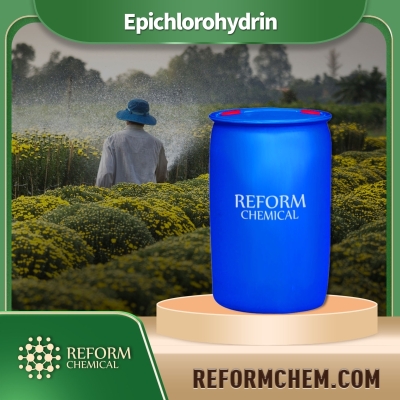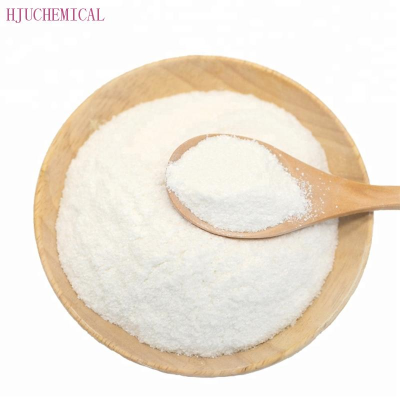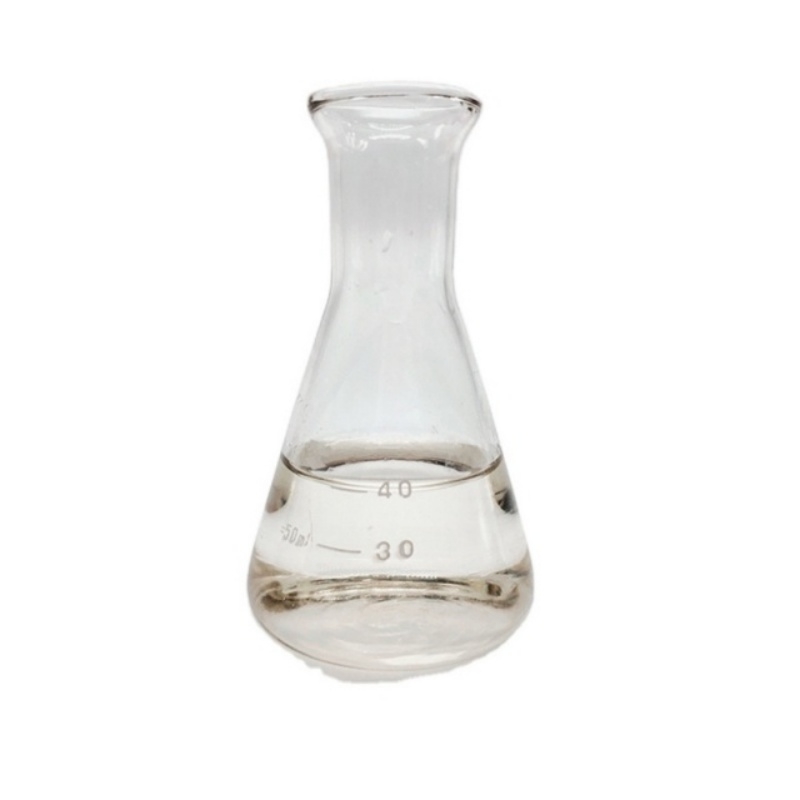-
Categories
-
Pharmaceutical Intermediates
-
Active Pharmaceutical Ingredients
-
Food Additives
- Industrial Coatings
- Agrochemicals
- Dyes and Pigments
- Surfactant
- Flavors and Fragrances
- Chemical Reagents
- Catalyst and Auxiliary
- Natural Products
- Inorganic Chemistry
-
Organic Chemistry
-
Biochemical Engineering
- Analytical Chemistry
-
Cosmetic Ingredient
- Water Treatment Chemical
-
Pharmaceutical Intermediates
Promotion
ECHEMI Mall
Wholesale
Weekly Price
Exhibition
News
-
Trade Service
With the help of the homogeneous bimolecular catalytic system developed by Huang Zheng, the research group of Shanghai Institute of Organic Chemistry of the Chinese Academy of Sciences, which has been committed to the research of efficient conversion of alkanes, recently achieved high efficiency and high regioselectivity from linear alkanes to linear aldehydes and linear amines.
Conversion
.
Alkanes are first subjected to the dehydrogenation reaction of alkanes under the action of the PSCOP-type iridium catalyst developed by the research group.
The resulting internal olefin mixture undergoes subsequent isomeric hydroformylation and isomeric hydrogen amine methylation reactions to achieve conversion from linear alkanes.
Conversion to linear aldehydes and linear amines
.
In this process, the homogeneous bimolecular catalytic system showed excellent yield and linear selectivity for the conversion of linear alkanes to linear aldehydes
.
When ethylene is used as the hydrogen receiver for the alkane dehydrogenation reaction, the reaction achieves a higher catalytic conversion rate
.
Combining the previously developed process of converting straight-chain alkanes to straight-chain silicon compounds, the research group realized for the first time the two terminal functional group reactions of alkanes.
The synthesized silyl-substituted linear aldehyde is an important raw material for the preparation of silicon-containing surfactants and silicone resins.
.
By changing the ligands of the second step reaction and adding different amine sources, the research team also realized the conversion of linear alkanes to linear amine compounds for the first time
.
Alkanes are cheap and large in quantity, and are the main components of petrochemical resources such as oil and natural gas.
At present, they are extremely low in synthetic chemistry and are mainly used as fuels
.
It is of great significance to develop new methods to convert them into high value-added chemicals .
However, simple alkane molecules have no guiding or activating groups, and only contain low polarity, high bond energy inert CH bonds and CC bonds, so the selective activation of chemical bonds of alkane molecules is highly challenging
.
Linear aldehydes and linear amine compounds are synthetic intermediates and raw materials in huge industrial demand.
The preparation of corresponding aldehydes and amines from alkanes has important application prospects
.
However, there are currently few reports on the preparation of linear aldehydes from alkanes.
Whether it is a light-based catalytic system or a heterogeneous catalytic system, the efficiency is low, the selectivity is poor, and by-products are easily generated
.
The conversion of linear alkanes to linear amines has not yet been reported
.
Conversion
.
Alkanes are first subjected to the dehydrogenation reaction of alkanes under the action of the PSCOP-type iridium catalyst developed by the research group.
The resulting internal olefin mixture undergoes subsequent isomeric hydroformylation and isomeric hydrogen amine methylation reactions to achieve conversion from linear alkanes.
Conversion to linear aldehydes and linear amines
.
In this process, the homogeneous bimolecular catalytic system showed excellent yield and linear selectivity for the conversion of linear alkanes to linear aldehydes
.
When ethylene is used as the hydrogen receiver for the alkane dehydrogenation reaction, the reaction achieves a higher catalytic conversion rate
.
Combining the previously developed process of converting straight-chain alkanes to straight-chain silicon compounds, the research group realized for the first time the two terminal functional group reactions of alkanes.
The synthesized silyl-substituted linear aldehyde is an important raw material for the preparation of silicon-containing surfactants and silicone resins.
.
By changing the ligands of the second step reaction and adding different amine sources, the research team also realized the conversion of linear alkanes to linear amine compounds for the first time
.
Alkanes are cheap and large in quantity, and are the main components of petrochemical resources such as oil and natural gas.
At present, they are extremely low in synthetic chemistry and are mainly used as fuels
.
It is of great significance to develop new methods to convert them into high value-added chemicals .
However, simple alkane molecules have no guiding or activating groups, and only contain low polarity, high bond energy inert CH bonds and CC bonds, so the selective activation of chemical bonds of alkane molecules is highly challenging
.
Linear aldehydes and linear amine compounds are synthetic intermediates and raw materials in huge industrial demand.
The preparation of corresponding aldehydes and amines from alkanes has important application prospects
.
However, there are currently few reports on the preparation of linear aldehydes from alkanes.
Whether it is a light-based catalytic system or a heterogeneous catalytic system, the efficiency is low, the selectivity is poor, and by-products are easily generated
.
The conversion of linear alkanes to linear amines has not yet been reported
.







